The Versailles floorwith its intricate, elegant design, is an emblematic symbol of the luxury and sophistication of the French Baroque era. Traditionally made from oak, this type of parquet is famous for its use in historic castles and palaces, notably the Palace of Versailles. This article explores in detail the manufacturing system of this iconic floor, highlighting the artisanal techniques used and the challenges faced by the craftsmen.
Origins and history
Birth of a symbol
Versailles flooring was first designed in the 1680s to replace the marble floors of the Château de Versailles. The marble floors, while visually impressive, required constant maintenance and were very cold in winter. Versailles oak flooring was introduced as both a practical and aesthetic solution.
Technical innovation
This style of parquet is renowned for its intricate weave pattern and integrated squares, which not only reinforced the structure of the floor but also contributed to better thermal insulation of the rooms.
Traditional production of Versailles flooring
Material selection
The manufacture of a Versailles floor begins with the careful selection of oak, often aged and dried for several years to guarantee the durability and aesthetic appearance of the finished floor.
Cutting and assembly techniques
Oak planks are cut into strips and assembled to form a square with a weave pattern that can include a mix of squares, rectangles and diamonds. Each piece is carefully adjusted to ensure that the pattern is perfectly aligned and uniform.
Fastening techniques
Traditionally, Versailles floors were assembled without nails or glue, a method that allowed the wood to expand or contract naturally with changes in temperature and humidity. Today, modern techniques can be used to reinforce the structure, but many still prefer traditional methods to remain true to historical authenticity.
Restoration and Maintenance
Restoration challenges
Restore a Versailles floor authenticity presents challenges, particularly in terms of matching materials and preserving original techniques. Restorers often have to create custom tools to reproduce complex patterns.
Maintenance tips
To maintain the beauty and longevity of a Versailles floor, it's crucial to follow a regular maintenance regime. This can include periodic polishing and the application of protective finishes to preserve the wood from drying out or excessive moisture.
News
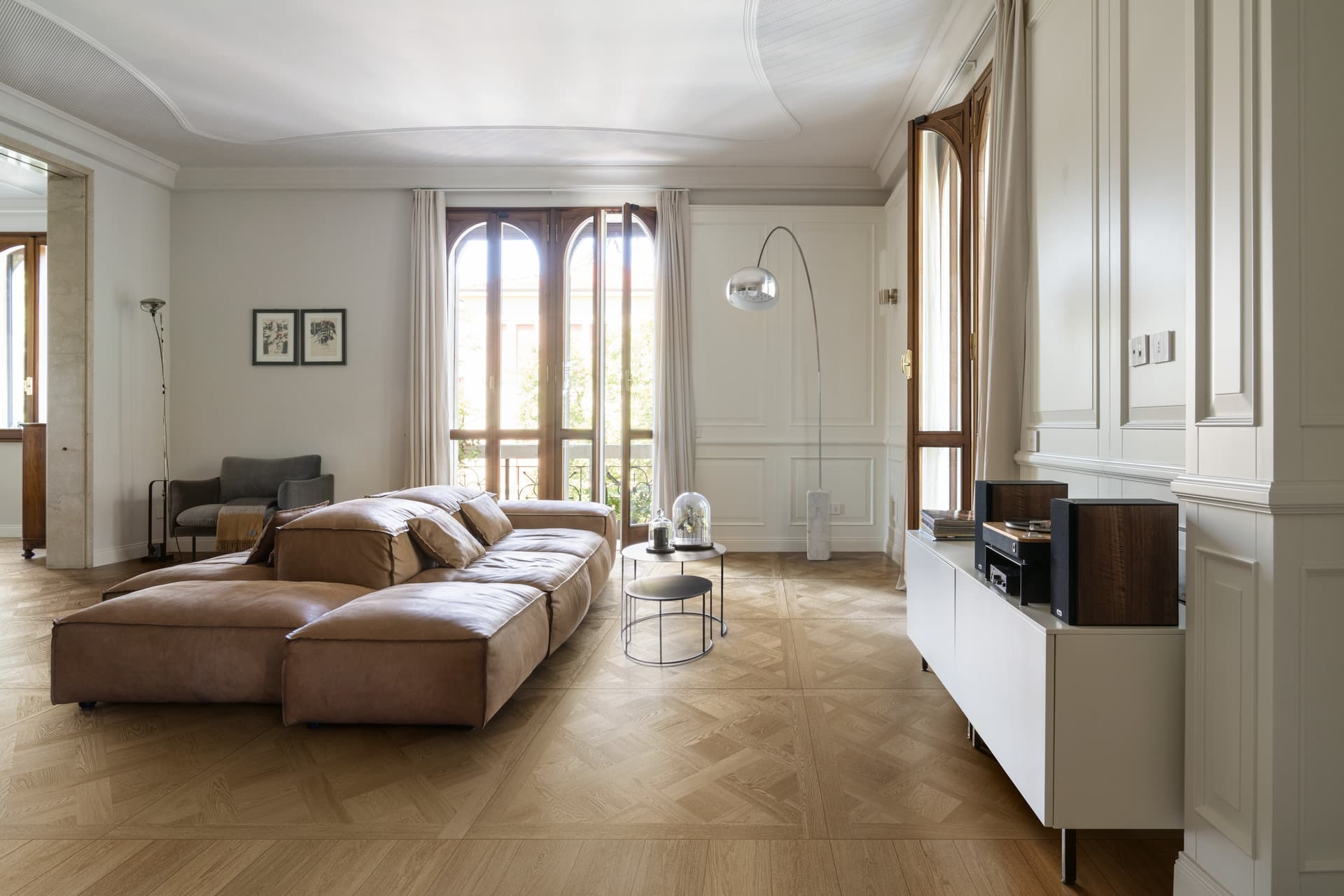

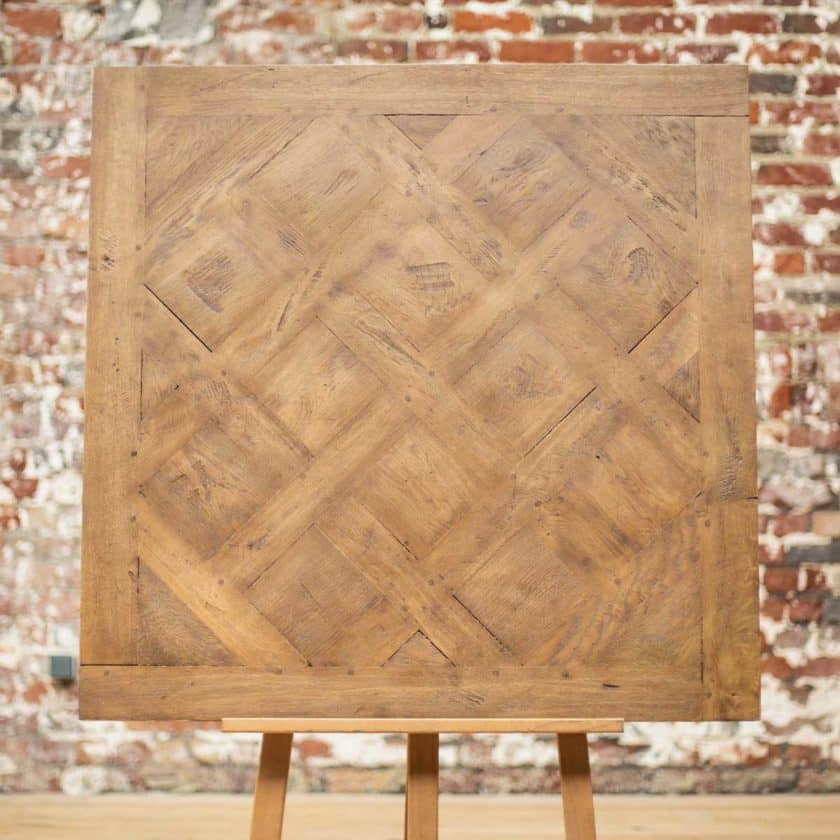





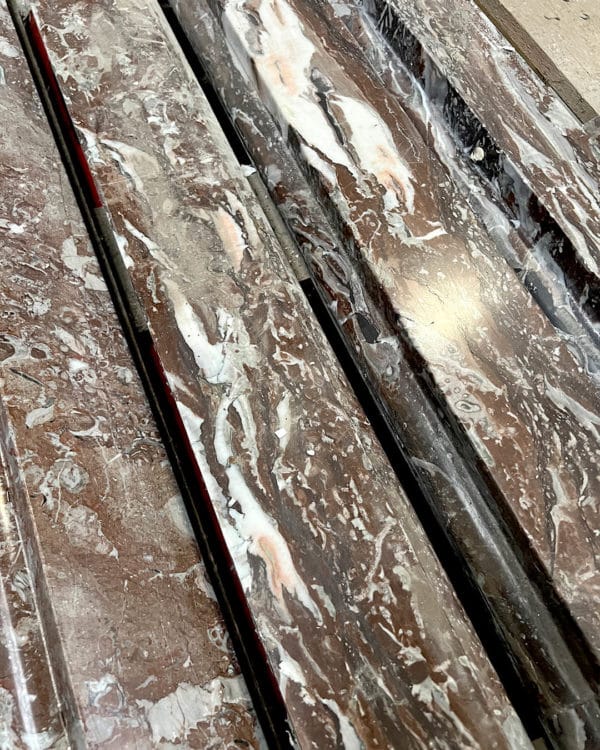
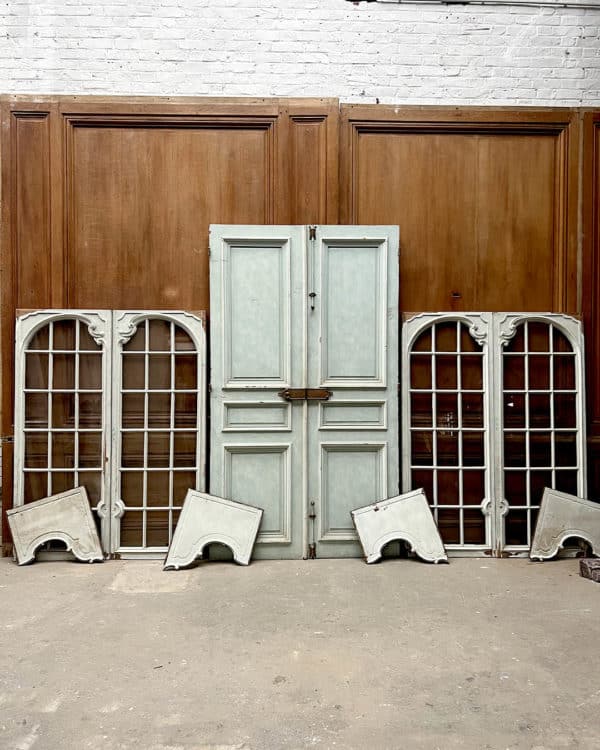
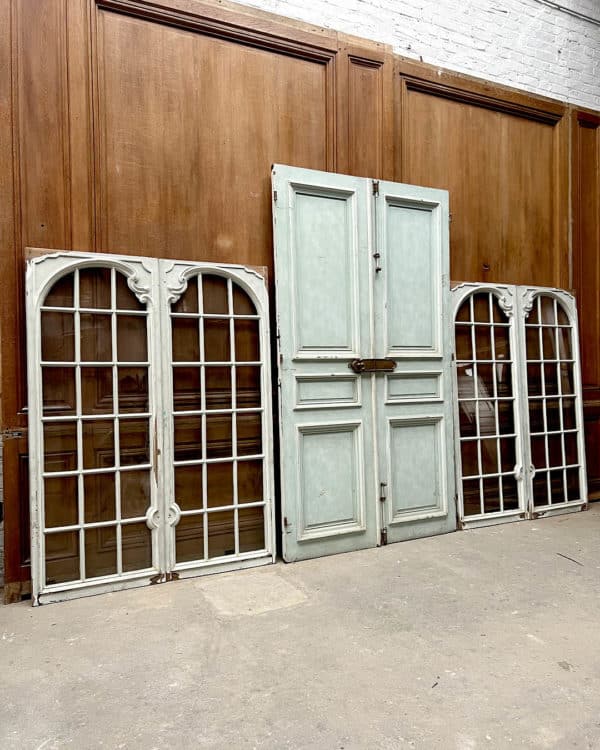
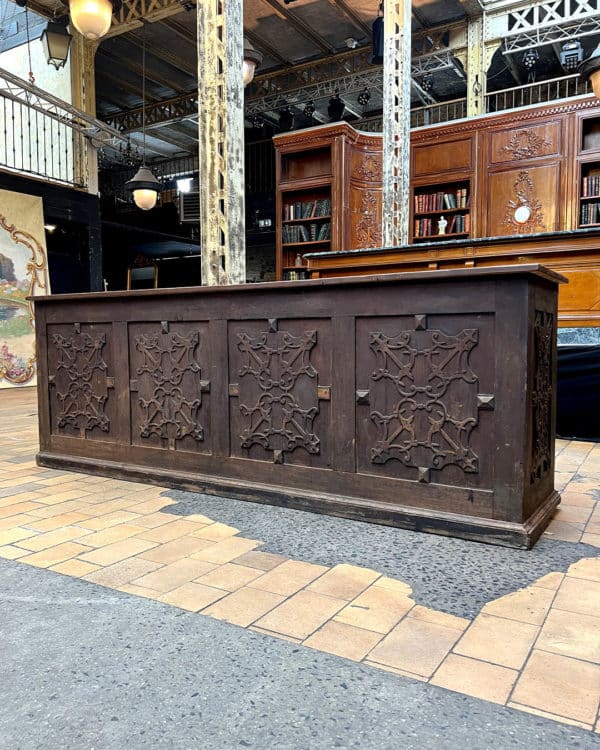

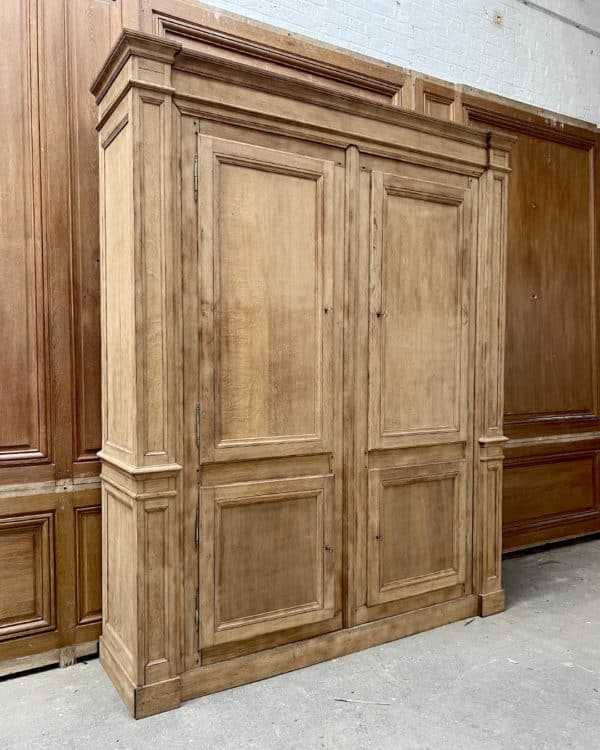
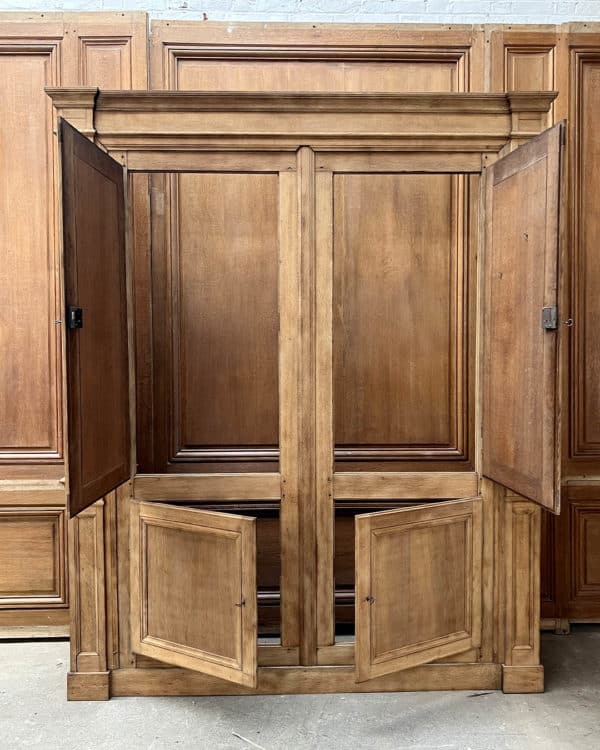

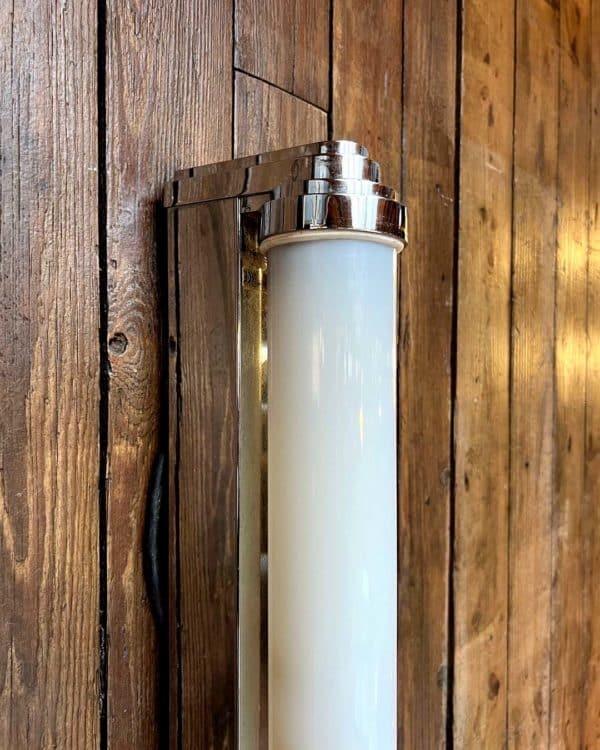

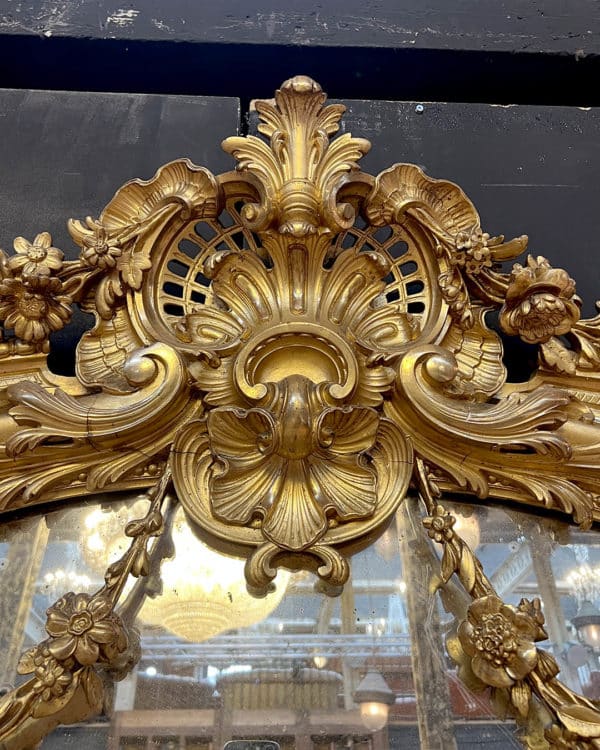


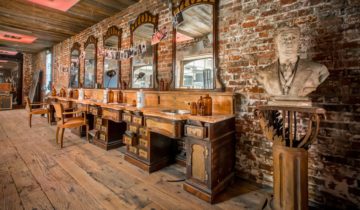
 No products in the cart.
No products in the cart.